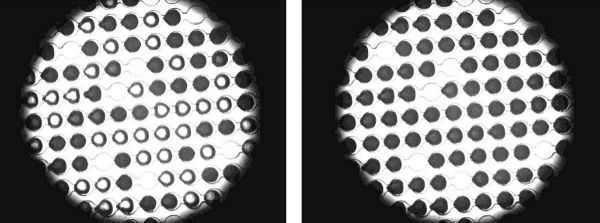Antifreeze is life’s means of surviving in cold winters: Natural antifreeze proteins help fish, insects, plants and even bacteria live through low temperatures that should turn their liquid parts to deadly shards of ice. Strangely enough, in very cold conditions, the same proteins can also promote the growth of ice crystals. This was the finding of experiments carried out in Israel and Germany using proteins taken from fish and beetles. The results of this study, recently published in The Journal of Physical Chemistry Letters, could have implications for understanding the basic processes of ice formation.
Antifreeze proteins do not prevent ice from forming in the first place. They wrap themselves around tiny ice crystals – the nuclei that provide the “template” for growing larger ice crystals – and stop them from growing. Flour beetle larvae, for example, have such proteins on their outer shells, to keep away ice that could break their fragile skin.
Read more at Weizmann Institute of Science
Photo: View of a research chip through a microscope: a high concentration of antifreeze proteins ensures that the drops freeze at temperatures that are less cold than usual (frozen drops are dark). CREDIT: Bielefeld University


